Bartlett Pear Tree
$79.50 Original price was: $79.50.$55.65Current price is: $55.65.
- Free Shipping over $25
- Fast & reliable delivery options
- Enjoy top quality items for less
- Multiple safe payment methods

Pear trees are a great way to start growing fruit trees, as they are one of the easiest trees to grow and one of the most versatile fruits. They can be eaten fresh, used in sweet or savory salads, baked into pies and desserts and even turned into delicious jams. It can be canned for winter or frozen as well. Of all the pears, the Bartlett Pear is the most well-known and the most reliable, being well-adapted to a wide range of weather and soil conditions. Most pear trees need a second variety to act as a pollinator, but the Bartlett Pear will produce a good crop all by itself, making it a great choice for a smaller garden where you only have room for one fruit tree. It can also be grown against a sunny wall and trained along wires to take up no room at all. This is especially useful in colder regions where the warmth of the wall will help ripen the fruit and encourage flowering as well.
Growing Bartlett Pear Trees
The Bartlett Pear tree grows 15 to 20 feet tall, with glossy, deep-green leaves about 3 inches long. In spring clusters of white flowers will appear on the bare branches and these will be quickly followed by small pears. The fruit ripens at the end of August and should be picked when the skin begins to turn from green to yellow but while it is still firm to the touch. Pears taste best and have the best texture if ripening is completed off the tree. Place the fruit indoors for a few days to finish the ripening process.
Planting Location
Choose a sunny, sheltered location for your Bartlett Pear tree. It will grow best in a deep, rich soil that is slightly acidic, but as this is a vigorous tree it will grow well in most types of soil. However, it does not like soil that is wet and heavy with clay. If you have heavy soil add plenty of rich organic material like garden compost or rotted manure which will improve the soil and help your tree to grow well. Turn over an area of ground about 6 feet across where you want to plant your tree, adding organic material and some bone meal or superphosphate. When planting you will see a bend in the trunk where the tree was joined to its roots, and that point must be 2 or 3 inches above the soil level.
Care and Maintenance
After planting cover the root-zone with rich mulch but do not touch the trunk with it. Do not allow weeds or grass to grow over the root-zone of your tree. During the first year water well once a week and then only when the soil is getting dry. Always water well and water the root area under the branches, not close to the trunk. Each spring add a new layer of mulch, extending it outwards as your tree grows.
Pear trees need only minimal pruning. When your tree is young remove any crowded branches and use strings attached to stones to pull the young shoots down to about 600 from the horizontal so that they are well spread out. Once the tree has developed the only pruning is to shorten back long shoots and stop the branches from getting too crowded. Remove branches that sprout from the main stems when they are young. This should be done in late summer after fruiting or in late winter before new growth begins. Prune during dry, sunny periods and not during wet, cloudy days. If you have a heavy crop of baby pears, remove some to leave one pear every 5 inches. You will have a smaller number of pears, but they will be bigger and better quality.
History and Origins of the Bartlett Pear Tree
The Bartlett Pear has a long history. It began its life in England around 1765 in the garden of a schoolmaster and was taken and grown by a nurseryman called Williams. It was at that time called the Williams Pear, or more correctly ‘Williams’ Bon Chrétien’. Plants were brought to America in 1799 and planted on an estate in Roxbury, Massachusetts. The estate was later bought by a Mr. Bartlett, who thought he had something new, named the pear after himself and distributed it across the country. His naming mistake was discovered in 1828, but by then the name had caught on. So in American and Canada this pear is still called Bartlett. In most other countries it is called ‘Williams’.
The Bartlett Pear is a special heirloom variety and must be reproduced in the correct way. Our trees are grown by taking stems from correctly identified parent plants and grafting them onto the roots of special roots pear varieties that control the size and growth of the tree. Avoid cheaper trees that may be seedlings and will definitely not grow to be the right variety. Our Bartlett Pear Trees are true to the original type and we are constantly receiving new plants so that our customers only have the best material for planting. However this is our most popular pear tree, and supplies can be limited, so order now to avoid being disappointed.
Be the first to review “Bartlett Pear Tree” Cancel reply
Related products
Berry Bushes
Citrus Trees
Berry Bushes
Apple Trees
Berry Bushes
Citrus Trees
Berry Bushes
Fig Trees


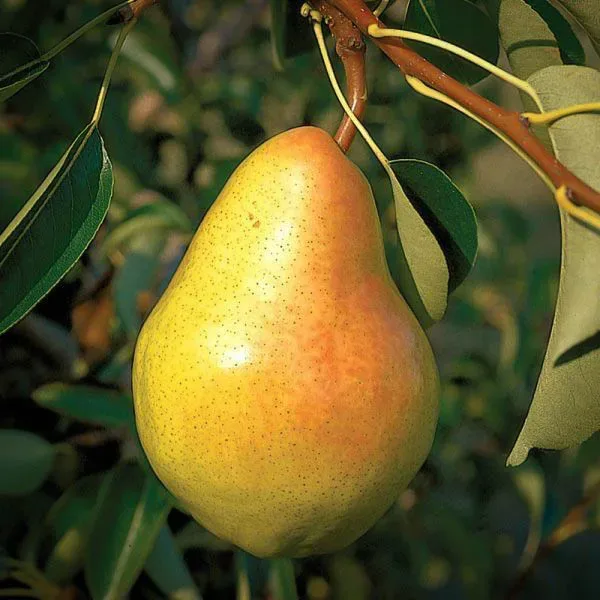
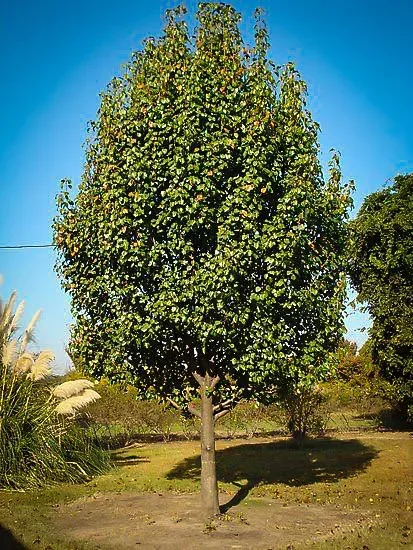
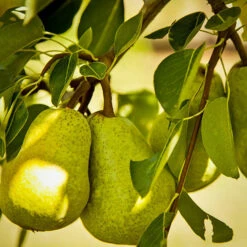
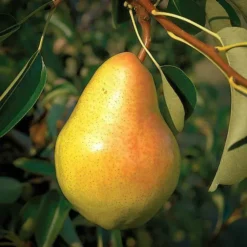


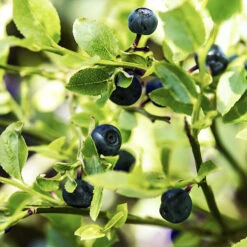
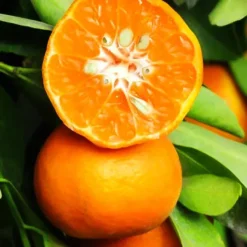
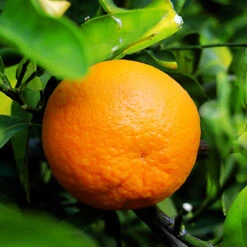
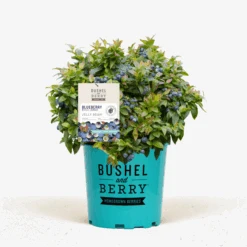

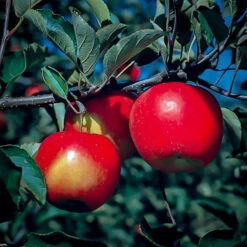



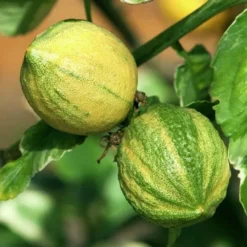

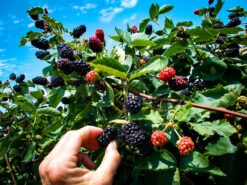
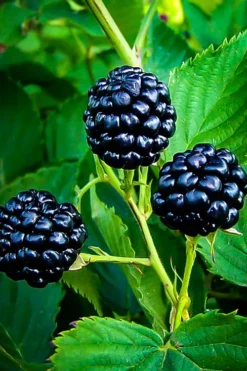
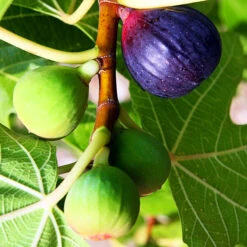
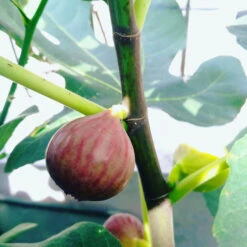
Reviews
There are no reviews yet.